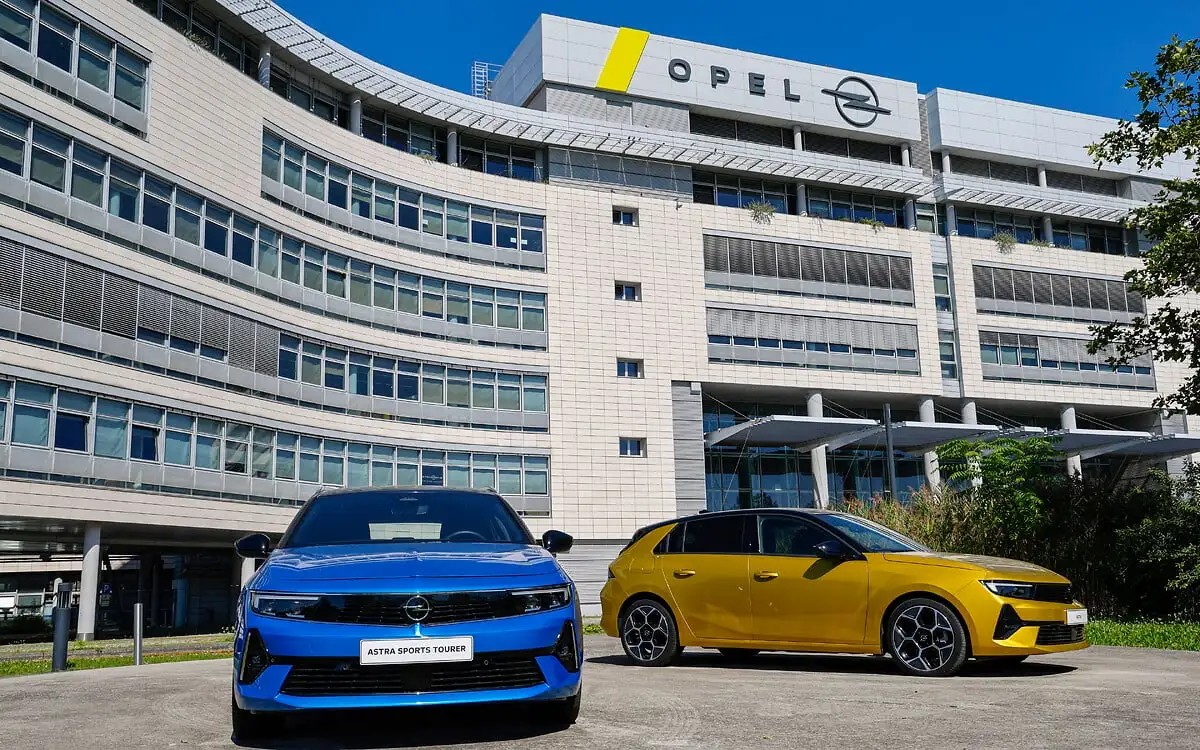Book Demo
Book Demo

At its Rüsselsheim automotive paintshop, Stellantis cut ventilation energy consumption by over 60% using the AI-based control platform etaONE® from etalytics. The optimization maintains a stable indoor climate while significantly reducing electricity use and reliance on compression cooling, advancing Stellantis' efforts toward energy-efficient and sustainable manufacturing.
Paintshops are among the most energy-intensive areas in automotive manufacturing. At the Rüsselsheim site, where Opel and DS Automobiles vehicles are produced, the challenge was clear: reduce HVAC energy consumption while maintaining a safe and stable environment for workers.
etalytics implemented real-time, AI-driven control of the ventilation system using its etaONE® platform. Through energy monitoring and predictive control algorithms, the system dynamically adjusts ventilation rates and cooling based on production needs and ambient conditions.
Key measures included:
Adaptive system operation enables safe shutdown of ventilation during low load periods, while maintaining healthy indoor air quality.
Through etaONE, further opportunities for improvement were identified. For example, optimizing airflow at the fresh air intake could reduce the incoming air temperature by up to 10 K (Kelvin), unlocking even greater free cooling potential with targeted infrastructure adjustments.
The project supports Stellantis’ climate goals and demonstrates the role of intelligent control in decarbonizing industrial operations.
This project was part of the DiNaPro research initiative and realized in partnership with the Institute of Production Management, Technology and Machine Tools (PTW) at TU Darmstadt.